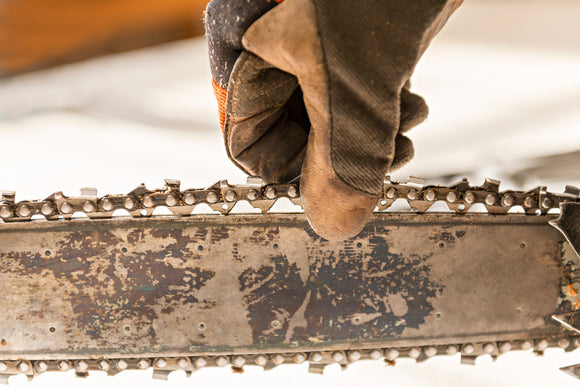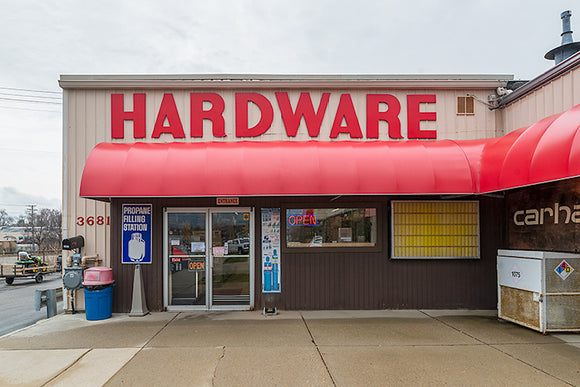
How Big Should My Chainsaw Be?
How big should my chainsaw be?
Is more power better?
As a car enthusiast, yes, however you don't have to carry a car (most times). A chainsaw is a different story and even though 10lbs may not feel like much, after a few hours they can feel like they got heavier.
Chainsaws are powerful tools that are essential for anyone working with trees, whether for professional or personal purposes. One of the key factors to consider when choosing a chainsaw is its power-to-weight ratio, which is a measure of the saw's power in relation to its weight. In this blog, we'll explore the importance of a chainsaw's power-to-weight ratio and provide tips on how to evaluate it.
Why is Power-to-Weight Ratio Important?
A chainsaw's power-to-weight ratio is important for several reasons. First, it affects the saw's performance. A higher power-to-weight ratio means the saw can cut through thicker and tougher materials with greater ease and efficiency. This is particularly important for professionals who need to use their chainsaws for extended periods, as a lighter saw with a high power-to-weight ratio will reduce fatigue and make their work easier.
Second, a chainsaw's power-to-weight ratio affects its portability. A saw that is too heavy or bulky can be difficult to maneuver, which can be dangerous when working in tight spaces or awkward angles. A lighter saw with a high power-to-weight ratio is easier to handle and can be used in a wider range of environments.
Finally, a chainsaw's power-to-weight ratio can affect its durability. A saw with a high power-to-weight ratio is likely to have a more robust engine and construction, which means it can withstand more wear and tear over time.
How to Evaluate a Chainsaw's Power-to-Weight Ratio
Evaluating a chainsaw's power-to-weight ratio can be a bit tricky, as it requires taking into account several different factors. Here are some tips to help you evaluate a chainsaw's power-to-weight ratio:
- Check the Engine Size: A larger engine size generally means more power, but also more weight. You'll want to find a balance between the two that suits your needs.
- Look at the Weight: Chainsaws come in a wide range of weights, from under 10 pounds to over 20 pounds. A lighter saw is generally easier to handle, but may sacrifice power. Make sure to consider the weight in relation to the power of the saw.
- Consider the Power Output: The power output of a chainsaw is measured in horsepower (HP). Generally, the higher the horsepower, the more powerful the saw. However, this will also increase the weight.
- Check the Fuel Efficiency: Fuel efficiency is an important consideration when evaluating a chainsaw's power-to-weight ratio. A more efficient saw will allow you to work longer without stopping to refuel, which can be especially important for professionals.
- Look at the Brand: Different brands of chainsaws may have different power-to-weight ratios. Research different brands to find one that suits your needs.
A chainsaw's power-to-weight ratio is an important factor to consider when choosing a saw. It affects the saw's performance, portability, and durability, so it's important to find a balance that suits your needs. By evaluating the engine size, weight, power output, fuel efficiency, and brand, you can find a chainsaw with a power-to-weight ratio that works for you.


